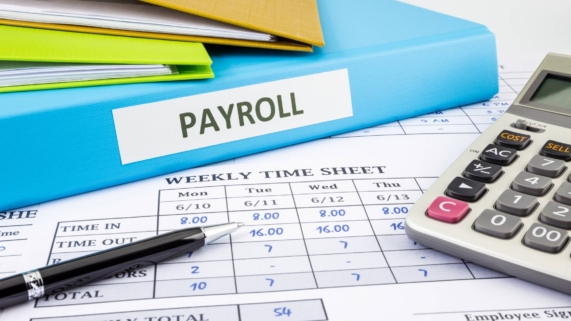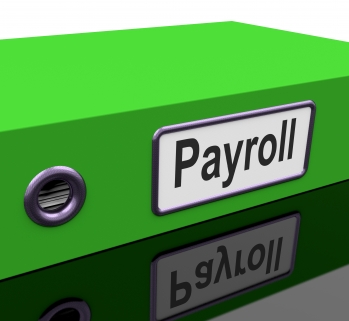Australian financial year calendar FY22
Things that need to happen between the end of the financial year and tax time
Here are the dates and deadlines to keep in mind when getting tax ready.
Key dates in June
30 June is EOFY. All new transactions from 1 July go into your FY23 books. The next month of your EOFY calendar will focus on closing out Q4 obligations.
Key dates in July
With your Q4 reports squared away in July, your EOFY calendar will now shift focus to annual reporting. That means getting things ready for your tax agent.
Key dates in August
Ensure your FY22 books show every transaction. Make copies of every receipt and invoice ready to give to your tax agent.
If you’re a Xero customer, get your paperwork into Xero with Hubdoc.
Key dates in September
Schedule your tax agent to work on your return. You get extra time (and way less stress) if you use a tax agent.
It’s a good idea to get your books and documentation tidy before involving a professional. Otherwise they’ll need to spend heaps of extra time on your accounts, and EOFY could end up being costly.
Key dates in October
Whether you have a tax agent or not, before working on your tax return make sure you:
- check your books for mistakes
- have run a profit-and-loss report and balance sheet
There are multiple PAYG withholding annual reports due at this time. You can find out more from the ATO.
May 2023
15 May 2023 is the deadline for your tax agent to lodge your return.
Setting yourself up for the new year
Financial year-end is the perfect time to do a check-up, celebrate your successes, and refocus on business goals.
For more Xero tips, advice and bookkeeping essentials for your business, visit How We Help You and get started today with Notch Above Bookkeeping, Australia-wide or call our bookkeeping team on 1300 015 130.
Source: Xero









